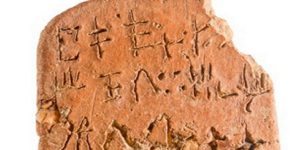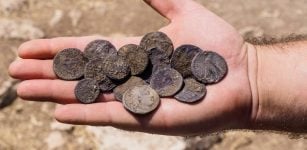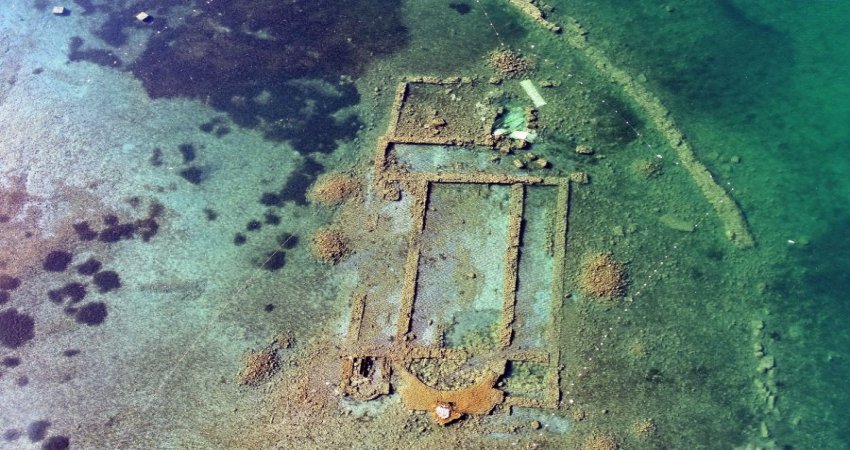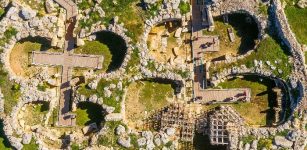Londinium: Ancient Roman Outpost That Became Powerful City Of London
MessageToEagle.com – The Romans established Londinium on the current site of the City of London around 43 AD.
The first definite mention of the city refers to the year 60 AD and occurs in the writings of the Roman historian and senator, Tacitus, who wrote of a celebrated center of commerce filled with traders.
By the reign of Hadrian, Britannia was a fully developed province of the Roman Empire. One of the Roman outposts was Londinium, which eventually transformed into one of the world’s most famous modern cities – London.
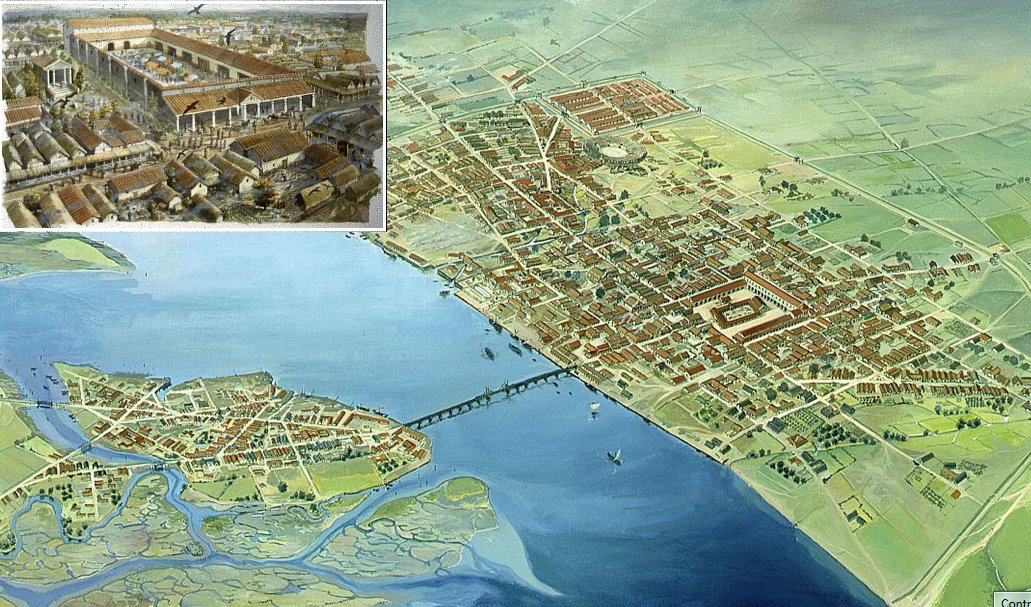
At the beginning, Londinium was just a small military outpost occupying rather small area of 1.4 km2 (0.5 sq mi), but the city grew rapidly. By the turn of the century, Londinium had grown to about 60,000 people,
Its access to the River Thames and the North Sea, contributed also to the city’s importance and turned it to a thriving and influential provincial capital and major port.
Londinium was not only the center of commerce but also the seat of government. By the 2nd century AD., Londinium was a large Roman city, with tens of thousands of inhabitants. Richer and noble people’s homes had wall paintings and mosaic floors; many lived in villas, palaces.
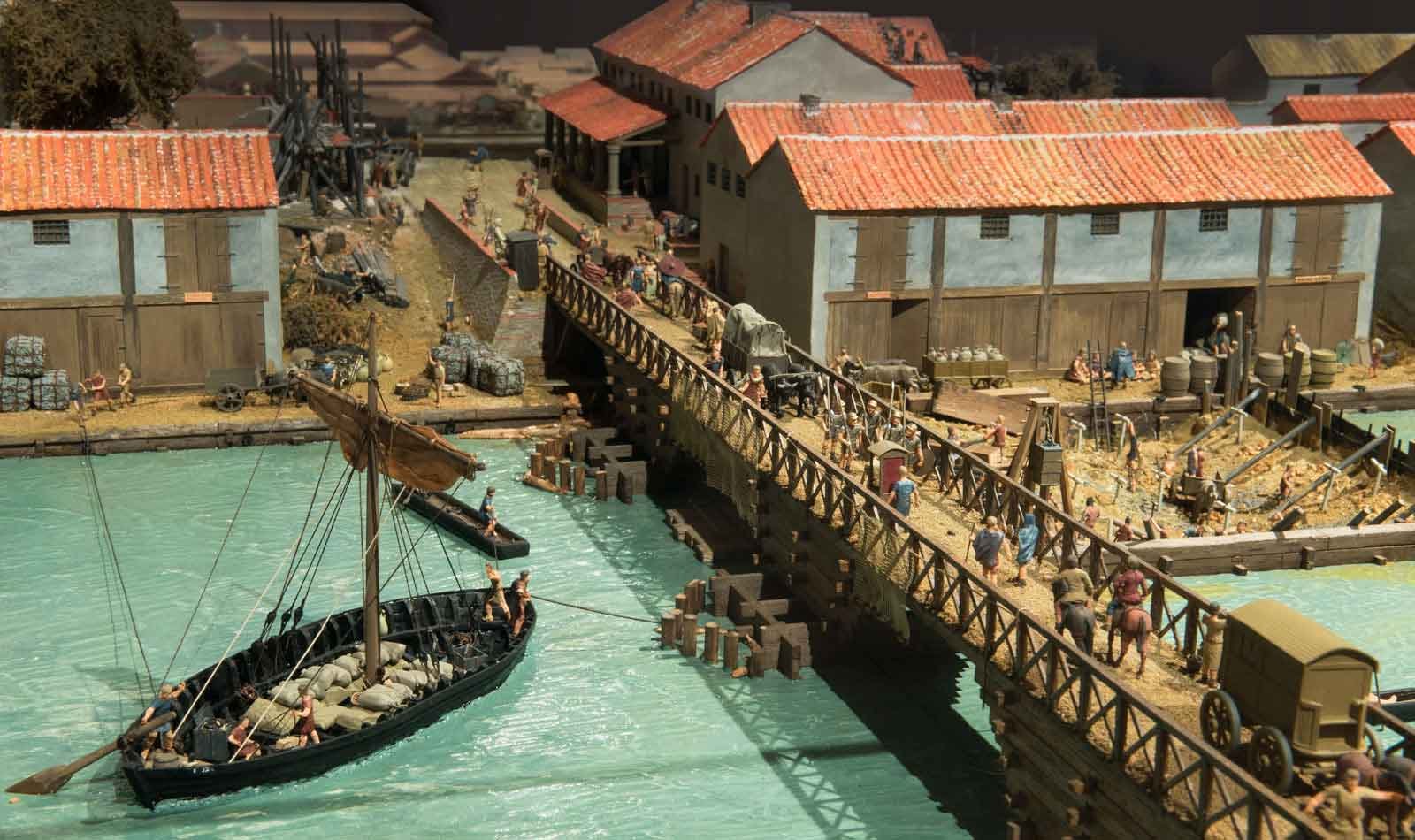
They had to their disposal temples, large forum and baths. Ordinary people lived in small houses with front doors and workshops behind. Soldiers lived in the fort, outside the main part of the town.
The city was equipped with massive defenses: several forts were built along with the immense London Wall, remains of which are still recognizable in the city. The Romans also built heavy defenses for the city, constructing several forts and the massive London Wall, approximately 14.5 feet thick and at least 20 feet high.
Parts of this construction are still visible across the city today. Londinium’s well-built roads linked it with several other, smaller cities and continued all the way to the borders of Britannia. The countryside’s landscape dotted with well-developed farms, surrounded Londinium.
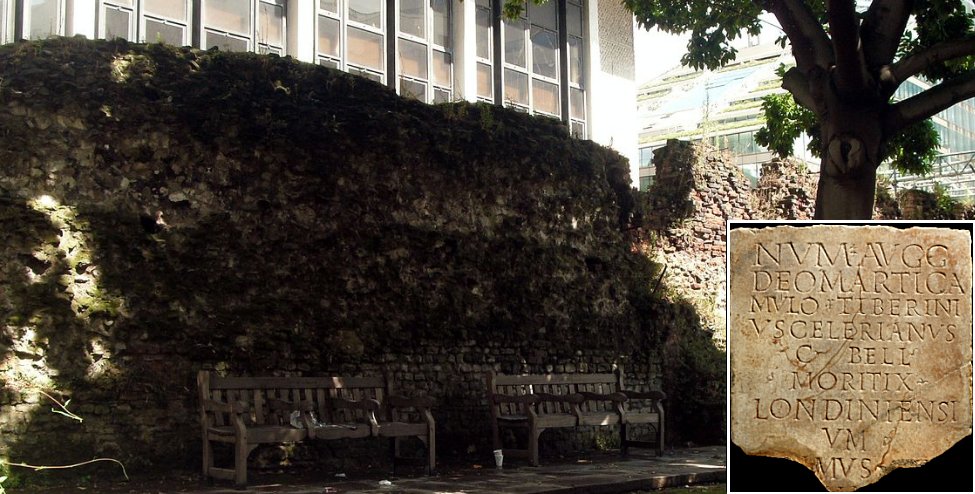
Around 350, a series of 22 solid, semi-circular towers were additionally constructed and these functioned as bases for ballistae, (an ancient form of large crossbow used to propel a spear). During the Roman times, several similar town and city walls were constructed by the Romans in England and Wales and their remains survived until now.
See also:
Hadrian’s Wall: North-West Frontier Of The Roman Empire For Nearly 300 Years
London’s Underground Rivers Were Deliberately Hidden
Ornate Roman Fresco Discovered Beneath Street Of London
Legendary And Mysterious Stone Of Brutus – The London Stone Refuses To Give Up Its Secrets
Londinium had been a Roman foundation and for almost four centuries it had its importance; later, the great city began to wither and trade, which was so important for the city, broke down.
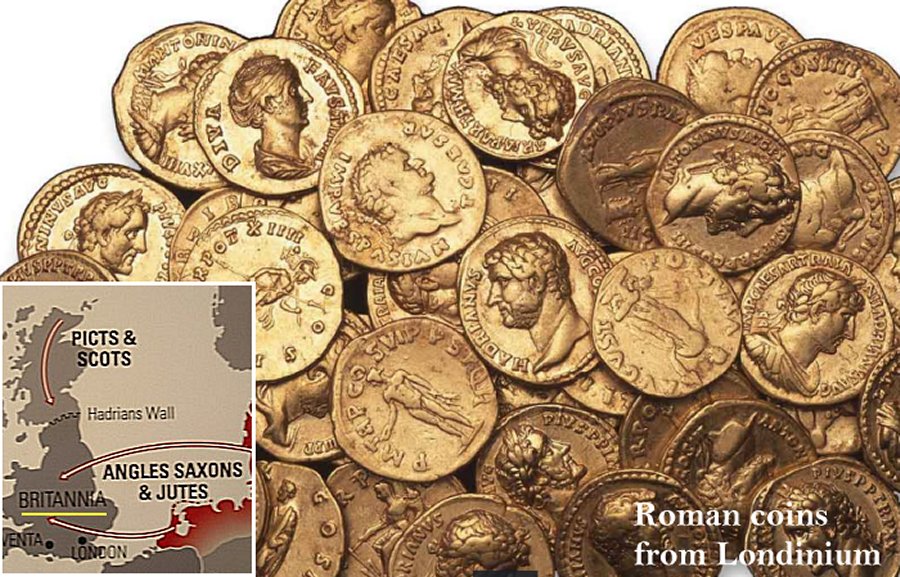
According to many researchers. Londinium had always been much more Roman than British and in the 5th century, still many rich Roman families lived in Londinium.
Archaeological excavations revealed their remains in form of large hidden hoards of Roman coins and diverse household remains.
The Romans had been troubled by serious barbarian raids since around 360 AD. The Irish, Scottish and Saxons from Germany all came to plunder the wealth of Roman Britain. The Roman legions began to withdraw from Britain in 383 AD to secure the Empire’s borders in other places of Europe.
In 410 AD, Emperor Homorius finally had refused to send support to the British Romans and all Roman troops had been withdrawn, leaving the cities of Britain and the remaining Romano-British for themselves.
The Roman Empire’s conquest of Britain finally ended and a new period of time known as the Dark Ages began.
MessageToEagle.com
Expand for referencesReferences:
F. Sheppard, London: A History
R. Merrifield, London, City of the Romans





